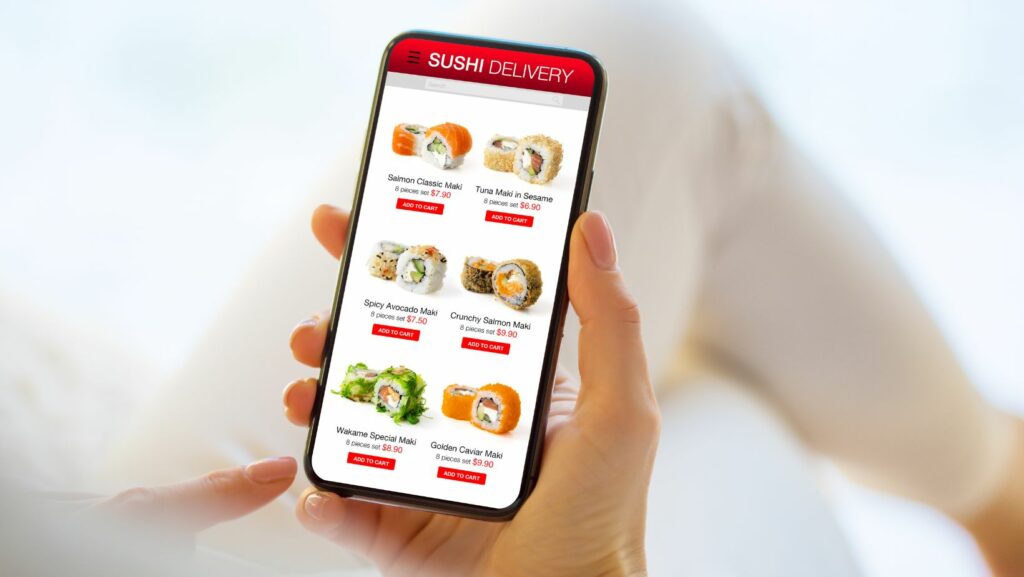In an era of rapid technological advancement, innovations in delivery technology are reshaping the way goods and services are transported and distributed. From drone deliveries to autonomous vehicles and advanced tracking systems, the delivery industry is undergoing a transformative evolution.
In this article, we’ll explore the key trends shaping the future of delivery technology and the implications for businesses and consumers alike.
-
Drone Deliveries
Drone delivery technology has gained significant traction in recent years, offering the potential for faster, more efficient delivery of goods. Drones can navigate through urban and rural environments with ease, bypassing traffic congestion and delivering packages directly to customers’ doorsteps. Companies like Amazon and UPS have been exploring drone delivery initiatives, and regulatory frameworks are gradually evolving to accommodate this emerging technology.
-
Autonomous Vehicles
Autonomous vehicles, including self-driving cars and trucks, hold immense promise for the delivery industry. These vehicles can operate without human intervention, enabling round-the-clock delivery services and reducing labor costs. With advancements in artificial intelligence and sensor technology, autonomous cars are becoming increasingly reliable and safe, paving the way for widespread adoption in the delivery sector.
-
Electric and Eco-Friendly Vehicles
The push for sustainability and environmental conservation has led to a growing emphasis on electric and eco-friendly delivery vehicles. Electric vans, bikes, and scooters offer emission-free transportation options, reducing carbon footprints and mitigating air pollution in urban areas. Additionally, the use of renewable energy sources, such as solar and wind power, to charge electric vehicles further enhances their eco-friendly credentials.
-
Last-Mile Delivery Solutions
Last-mile delivery, the final leg of the delivery process from distribution centers to customers’ homes, remains a critical challenge for the industry. To address this challenge, companies invest in innovative last-mile delivery solutions, including delivery lockers, smart parcel boxes, and crowd-sourced delivery networks.

These solutions aim to optimize delivery routes, reduce delivery times, and enhance customer convenience.
-
Advanced Tracking and Logistics
Advancements in tracking and logistics technology are revolutionizing how delivery operations are managed and optimized. Real-time tracking systems, route optimization algorithms, and predictive analytics tools enable delivery companies to monitor shipments, optimize delivery routes, and anticipate potential delays or disruptions. This data-driven approach improves efficiency, transparency, and customer satisfaction throughout the delivery process.
-
Robotics and Automation
Robotics and automation are playing an increasingly prominent role in delivery operations, streamlining processes and enhancing productivity. Autonomous robots and robotic arms can assist with sorting, packing, and loading packages in warehouses and distribution centers, reducing manual labor and increasing throughput. Additionally, robotic delivery vehicles and drones offer innovative solutions for last-mile delivery in urban and suburban areas.
-
Contactless Delivery
The COVID-19 pandemic has accelerated the adoption of contactless delivery solutions, prioritizing safety and hygiene in the delivery process. Contactless delivery options, such as doorstep delivery, QR code scanning, and digital signatures, minimize physical contact between delivery personnel and recipients, reducing the risk of virus transmission. These contactless delivery practices are likely to remain prevalent even beyond the pandemic era. Read more about delivery business here.
Conclusion: Embracing Innovation in Delivery Technology
In conclusion, innovations in delivery technology are driving profound changes in how goods and services are transported and distributed. From drone deliveries and autonomous vehicles to electric vehicles and advanced tracking systems, the delivery industry is undergoing a transformative evolution towards greater efficiency, sustainability, and customer convenience.

Businesses that embrace these technological advancements stand to benefit from improved operational efficiency, reduced costs, and enhanced customer satisfaction. As delivery technology continues to evolve, businesses must stay agile and adaptable to capitalize on emerging opportunities and meet the evolving needs of consumers in an increasingly digital and interconnected world.


More Stories
How To Analyse And Update Your Business Coverage Plans
What is Game Aggregation?
Small Business Survival Tactics for Thriving in Recessions